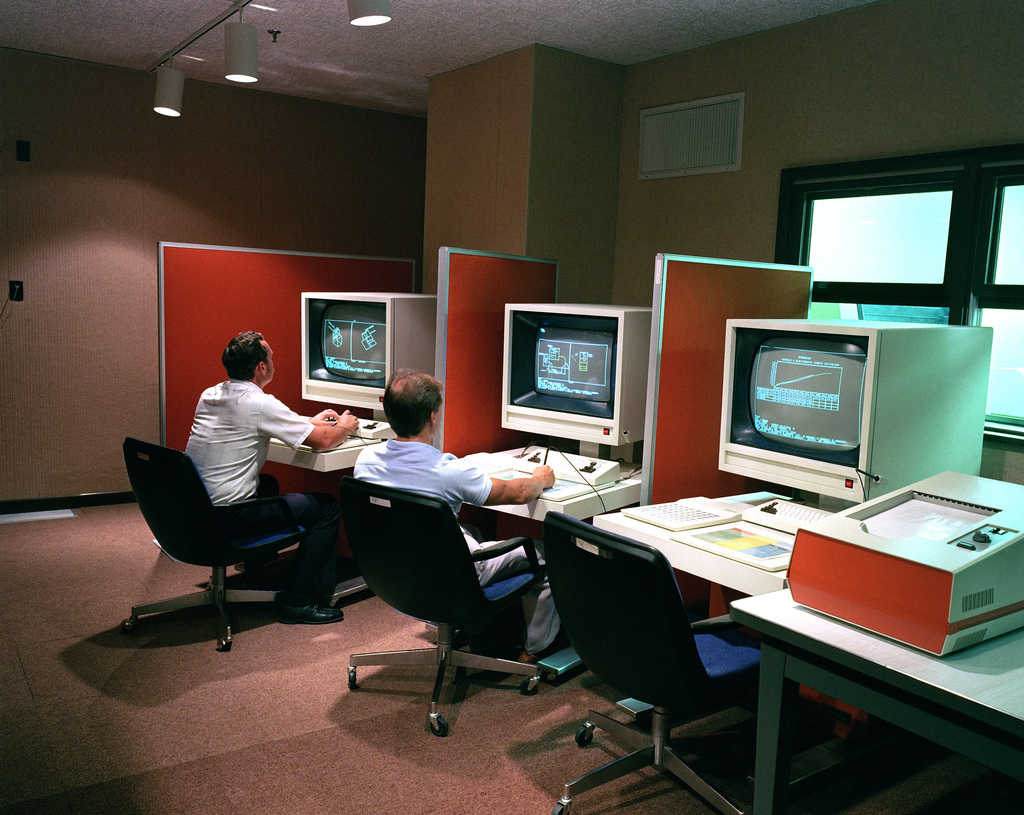“The more you read, the more you'll know. The more you learn, the farther you'll go.”
Welcome to Best infoPoint Blogs!

Computer-Aided Design (CAD) is a powerful tool used by professionals across many industries. It has become an integral part of the design process and has revolutionized how things are designed. However, one question that often comes up is whether or not it requires a lot of math. This article will explore this question in detail, examining the types of mathematics used in CAD software and the level of math required to be successful with it.
Computer-aided design (CAD) software relies on various mathematical principles and techniques to create and manipulate digital models. Here are some of the types of math commonly used in CAD software:
Drawings in two and three dimensions are produced using CAD software. Many people believe that to use CAD software, one must be good at mathematics.
There are several benefits of utilizing math in CAD software, including:
When it comes to computer-aided design (CAD) software, many people wonder if they need to be good at math. The truth is that while having a strong understanding of mathematical concepts can certainly be helpful, it is not always necessary for using the best computer-aided design software available.
That said, some aspects of CAD do require mathematical knowledge. For example, creating accurate measurements and angles requires a basic understanding of geometry and trigonometry. However, the majority of modern CAD software includes tools and features that automate these calculations for you.
Ultimately, being proficient in math may give you an advantage when using CAD software but it is not a requirement. What matters most is your ability to understand the tool's interface and functions so that you can create precise designs regardless of your level of math expertise.
The kind of math used in CAD software includes a range of mathematical concepts such as algebra, geometry, trigonometry, calculus, linear algebra, differential equations, and statistics. Here are some specific examples of how these mathematical concepts are used in CAD software:
CAD software is becoming increasingly popular, especially with the ongoing Fusion 360 sale. However, many people are intimidated by the level of math required to use this type of software effectively. The good news is that while some basic math knowledge can be helpful, you don't need to be a mathematician to use CAD software.
CAD (computer-aided design) software is primarily used for designing and drafting 2D and 3D models. Although it may
seem like complex equations and formulas are involved in this process, most modern CAD programs have built-in tools that make calculations automatic or at least very easy for users. Like, For one of the most popular CAD software, Autodesk Fusion which is available at low prices with Fusion 360 deals is one of the easiest CAD programs. By using it, you can easily do huge calculations with the least effort. For example, when designing an object's dimensions or angles in Fusion 360, all you need to do is input your desired measurements into the program's interface.
Overall, CAD does require a certain level of mathematical knowledge to be proficient in the program. While you may not need an advanced degree or even a college education to use CAD effectively, having some basic math skills will help make your experience much easier. Understanding algebra and geometry is essential for any successful CAD design project. In addition, being able to manipulate numbers quickly and accurately can also come in handy when working with large datasets or 3D models in real-time.

About Author
EhsanUllah Khan is a professional Java EE enterprise software developer, blogger, content writer, SEO expert and video editor with bachelor degree in software engineering from PMAS UAAR, as well as qualified certifications from The Punjab Board of Technical Education. He helps readers learn the ropes of blogging, hone their writing skills, and find their unique voice so they can stand out from the crowd.